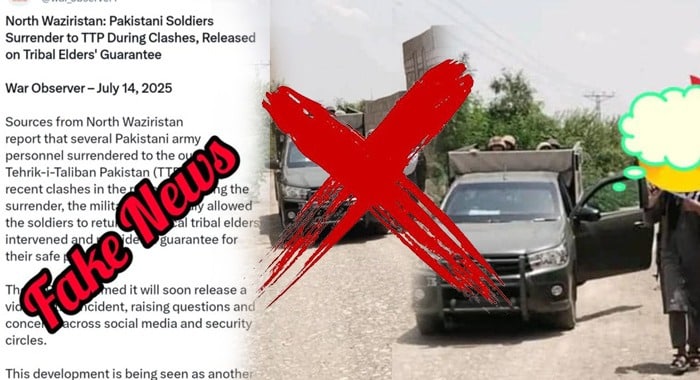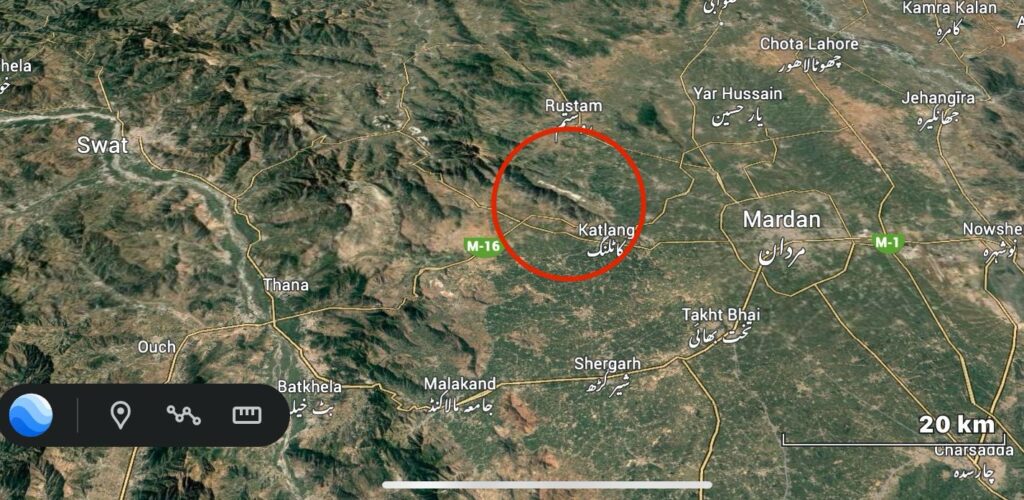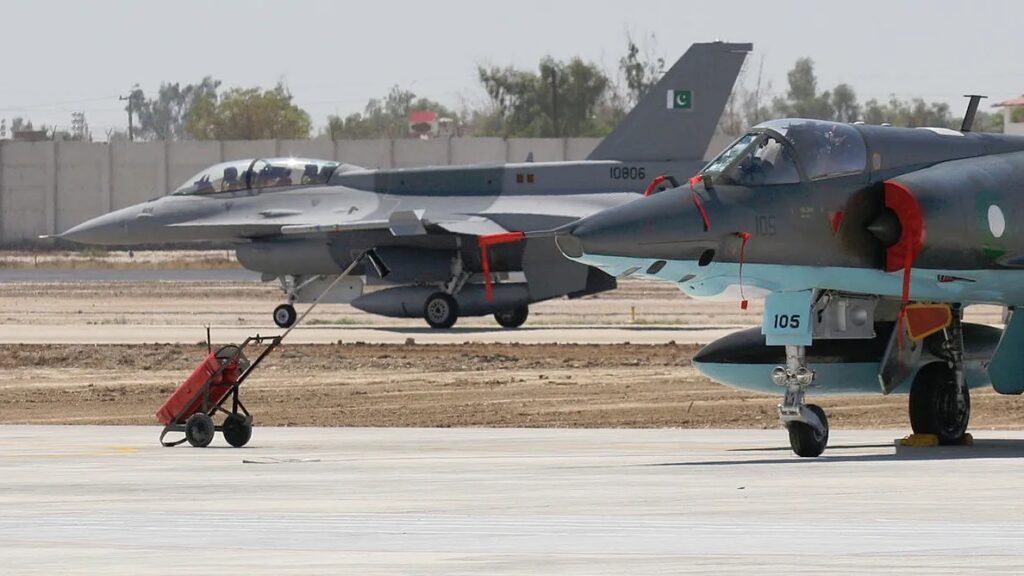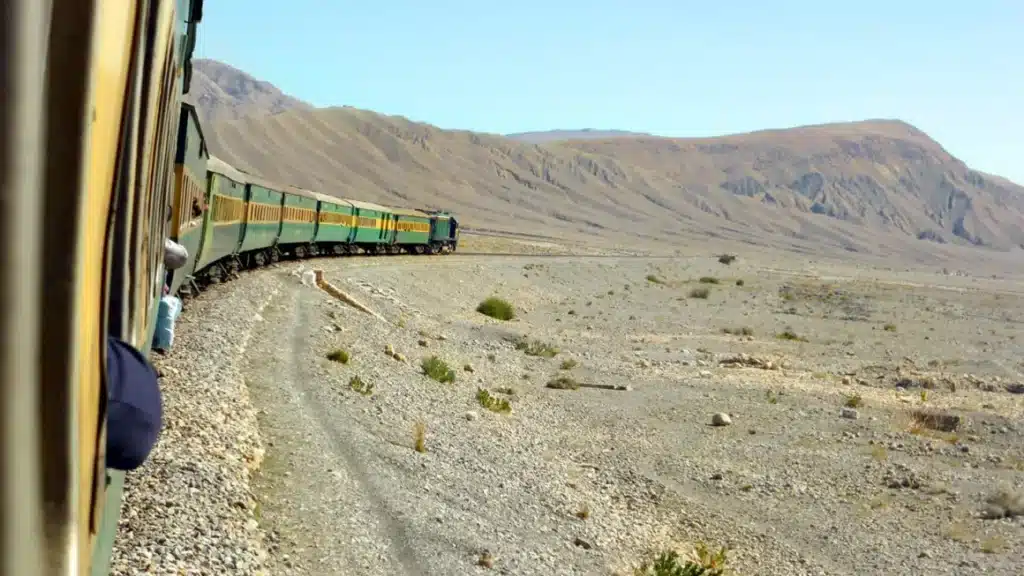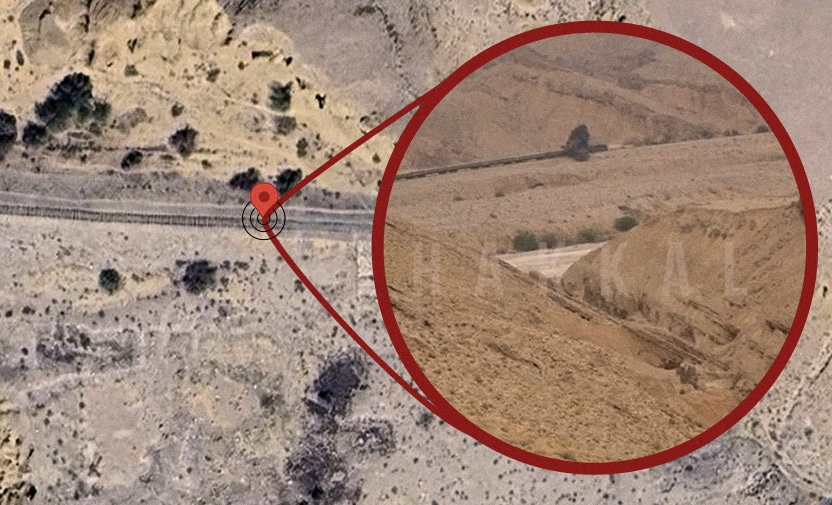The Claim
Social media accounts affiliated with the Khawarij are widely circulating a series of images showing a Pakistan Army convoy passing through the Khushhali Minister area of Mir Ali in North Waziristan. These posts falsely claim that the images depict a withdrawal or retreat of security forces, suggesting a symbolic or territorial victory for the Khawarij.
The Truth
The circulating images are being deliberately misrepresented. In reality, the images capture a routine and peaceful troop movement by Pakistan Army units, carried out on July 13, 2025, as part of a locally negotiated peace understanding between the 54 Brigade Command and Khawarij elements operating in the area. The agreement was facilitated through a jirga, led by respected Utmanzai tribal elders. There was no military confrontation, no retreat, and no tactical or territorial gain by the Khawarij.
Background
Following weeks of localized tensions in parts of North Waziristan, a tribal jirga was convened in early July 2025, where a ceasefire framework was negotiated between Pakistan Army officials and Khawarij commanders. The aim was to create conditions for temporary de-escalation while preserving peace in Wazir-majority territories. The Pakistan Army agreed to avoid operations in specific localities as a gesture of goodwill, while the Khawarij committed to halting attacks on military convoys, check-posts, and personnel.
The convoy movement in question was conducted entirely within this framework, in coordination with tribal stakeholders, and without any aggressive engagement or tactical compromise. However, in a calculated move to exploit the visual optics, Khawarij propaganda wings seized on images of the convoy to falsely construct a narrative of military withdrawal.
What Actually Happened
The movement of the convoy was fully coordinated, uneventful, and non-combative. No clash occurred, no force was used, and no area was vacated under duress. The Pakistan Army retains complete operational control over the region. Contrary to the narrative being pushed by Khawarij-linked accounts, the movement was not a response to any battlefield loss or coercion, but rather a peacekeeping maneuver grounded in tribal consensus.
The Khawarij commanders involved in the jirga known by aliases such as Banochi, Zubair Waziristani, Haider, and Salahuddin engaged through designated intermediaries, while respected tribal leaders represented local interests to prevent further instability. The agreement was one of mutual non-engagement, not surrender or retreat. The integrity of Pakistan’s security apparatus remains fully intact in the area.
Why It Matters
This is not the first time Khawarij propagandists have weaponized images or staged content to engineer psychological victories online. The objective is clear: to fabricate a perception of dominance, mislead the public, and undermine trust in state institutions. But such manipulation unravels quickly when subjected to fact-based scrutiny.
These propaganda efforts are not just misleading they are part of a broader information warfare strategy to destabilize public morale and distort the reality on the ground. The Pakistani public, media, and digital platforms must remain vigilant against such deception.
Verdict
False. The images being spread online are part of a deliberate misinformation campaign by Khawarij-linked propaganda networks. The convoy movement shown was peaceful, pre-planned, and conducted under a jirga-mediated understanding. There was no clash, no military retreat, and no Khawarij victory.
Final Word
This is a textbook case of Khawarij disinformation: twisting routine developments into staged narratives of supremacy. Such tactics may succeed momentarily online, but they fail under the weight of truth. The Pakistan Army remains firmly in control, committed to national security and supported by the tribal communities that continue to reject the Khawarij’s violent ideology.
Do not share unverified claims. Reject false narratives. Stand with facts stand against Khawarij propaganda.

